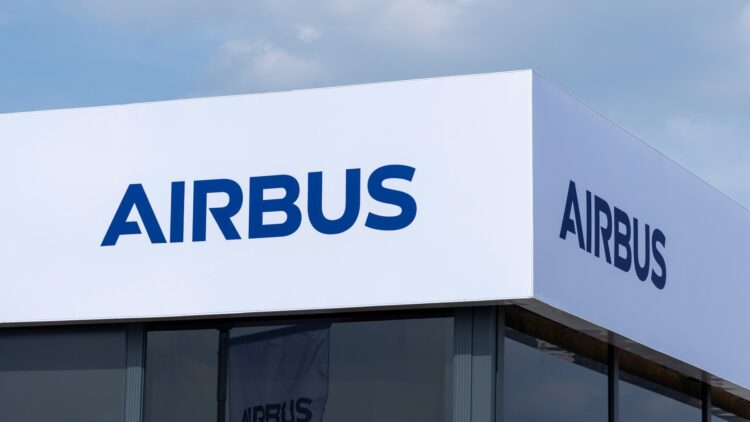Moving planes in an airport is a bit of a complicated exercise. Despite them having engines and wheels and the capacity to move on their own, it is often not the greatest idea to turn them on in order to transport them from one end to another. There can be many reasons for this, and while there are some ways of doing this, there are no efficient ways of doing it that are universal. Airbus is attempting to change this by releasing a new ground-towing vehicle called Taxibot, which has been specially designed to tow its single-aisle planes from gate to runway without the engines running.
Neither the idea nor the technology are new, as they both have been in use for years, but the concept has now changed and it is the time to release it to the world. Taxibot is part of a European initiative called HERON (short for Highly Efficient gReen OperatioNs), which falls under the broader SESAR project. SESAR’s goal is to modernize air traffic control across Europe, and HERON is focused in on cutting emissions and improving efficiency in aviation.
Since the project is, at the same time, so extensive and so specific, it was hard to find a tool that met all the requirements, but Taxibot does so. This means that instead of using their own jet engines to taxi around, planes get pulled by Taxibot which is a semi-autonomous tug. How it works is that it hooks up to the aircraft’s nose wheel, links into its systems, and hands over control to the pilot, who uses their usual cockpit controls to steer toward the runway, and once it is close enough, the pilot disconnects, the tug drives off, and the engines finally power up.
By doing this, the airplanes can avoid two of the main problems that come with moving around an airport, the first one is the waste of fuel that can be better used on air rather than going around enormous runways, and the second one is the noise that planes make when their engines are on and that affects all the ground crews working near the gates. In fact, the savings on fuel are so significant, that Airbus has stated that using the Taxibot would cut ground-level fuel burn by up to 50%.
Taxibot, Airbus’s version of greener airplane transport
The concept is ambitious and it has taken years to be developed to this stage, but it is still not a universal thing that can be used no matter what and with any plane. For now, Airbus has officially certified the aircraft changes needed for Taxibot to work with its single-aisle models. This mainly corresponds to the A320 series, judging by the images shared both by the company and by intrepid journalists that have attempted to get the scoop.
Airbus has not confirmed compatibility with the A220 yet, but that should be their next goal, as airlines flying the A220 often need to keep engines off until they are pushed away from the gate, a procedure that eats time and can cause traffic backups on the tarmac. In those scenarios, Taxibot could streamline operations by towing aircraft to less busy parts of the airport, easing congestion.
For now, the Taxibot also runs on fuel , which makes it greener than the airplane, but not by much, and this will need to change soon. But Airbus is prepared, and now that the concept works, they are prepared and have plans to roll out a fully electric version in 2026. The company is also not stopping here, they are now developing a new version of the Taxibot that is capable of towing widebody aircraft, which could eventually increase its usefulness even further.

